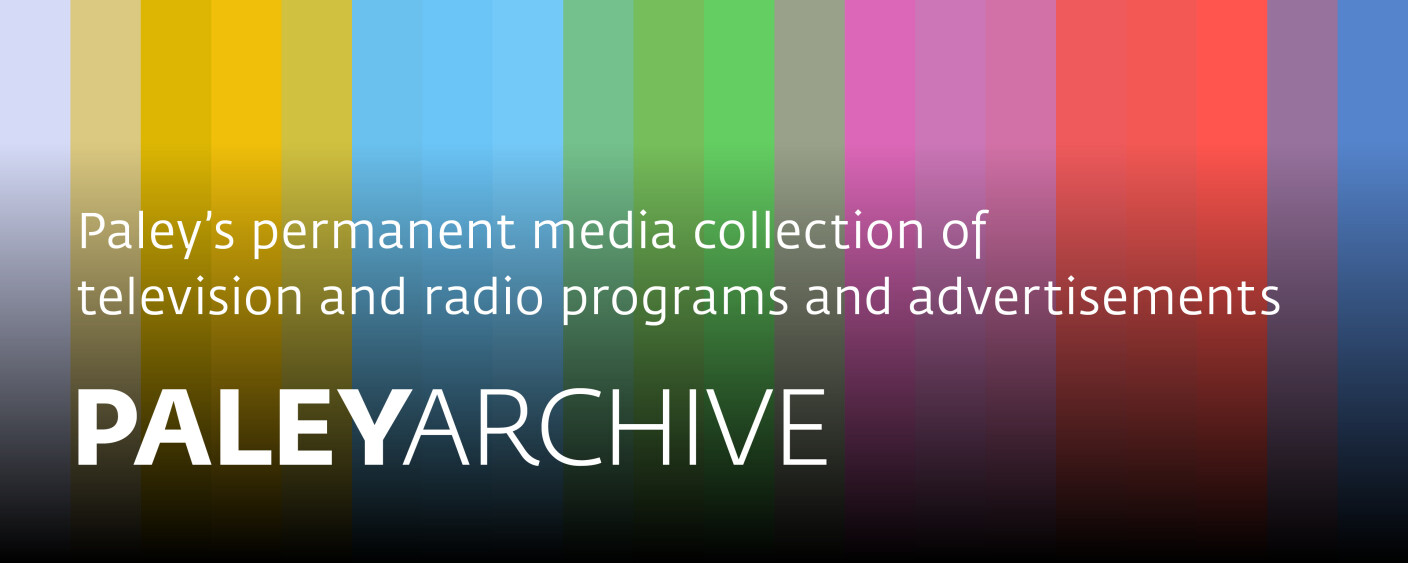
PRIMEIRA PAGINA {PAGE ONE}: HISTORICAL OVERVIEW OF YUGOSLAVIA BETWEEN 1914 AND 1991 {PORTUGUESE} (TV)
Summary
One in this series of magazine programs. Journalist Miguel Lemos hosts this look back at some of the roots of the current troubles in the Balkans. The first half of the program, he explains, will go back several decades in history. He notes that before World War I the area was diverse, encompassing Muslims and both Catholic and Orthodox Christians. After the war, he explains, Yugoslavia was created as a union of several republics. Almost immediately schisms formed, particularly between the Croatians and the Serbs. Footage is shown of the 1934 assassination of Yugoslavian King Alexander in Marseilles, France. Lemos explains that because the king's son Peter was too young to rule, his uncle Prince Paul became regent. Paul, a Nazi sympathizer, is seen traveling to Berlin and meeting with Hitler. Paul was overthrown shortly thereafter, and Peter took the throne. Soon, Lemos notes, the war intervened and drew Yugoslavia apart even more. He explains that Croatia took the side of the Axis powers, persecuting Jews and non-Christian Serbians. The program then shows the grouping of a nationalist resistance force hidden in the mountains under the leadership of Josip Broz, known as Tito.
When the war ended, the narration explains, Peter was deposed, and Tito became Yugoslavia's first president. The program follows the repression of fascists in the nationalist government that followed, which was mostly communist. Propaganda footage of Tito's presidency is shown, followed by footage of his funeral in 1980; world leaders such as Indira Gandhi, Leonid Brezhnev, Margaret Thatcher, Nicolae Ceausescu, and Willy Brandt are seen at the ceremony. The narrator notes that Tito left a complicated federal government with six republics. Trouble first became apparent in 1981, the program notes, when an Orthodox church was set on fire in Kosovo, a sign of ethnic strife to come. Next, Lemos chronicles the rise to power of Serbian leader Slobodan Milosevic, who spoke out against conservatives and the country's bureaucracy. In 1988, it is noted, he became the leader of Yugoslavia. He is seen speaking to a crowd of 1,000,000 people in November of that year, criticizing the Albanians who live in the region of Kosovo. Albanian leader Azem Vlassi is shown talking of unity.
Soon afterward, the program explains, Vlassi was arrested. Lemos returns to the screen to explain that the program will now begin its second portion, chronicling recent events in the Balkans, where civil war erupted in 1991. The war's roots are depicted on three fronts -- in Kosovo, in Slovenia, and in Croatia. The program first moves to Kosovo. Lemos notes that in 1989 in that province 1300 miners struck in protest against President Rahman Morina, threatening not to come up from the mines until he left power. Footage is shown of the hardships the miners' families endured. The strike was hard, the narration notes, and 600 of the strikers emerged from it with physical or mental injuries. After eight days they left the mines without victory. Although Milan Kucan of Slovenia is shown pleading for unity among all in the Balkans, Milosevic is seen inciting crowds in Serbia to crack down on Kosovo. "Let's go to Kosovo!" chants the crowd. In 1990, the narration explains, Slovenia held its first elections. Kucan was elected president; he is depicted in an interview talking of opening his country and its market to Europe. Elections in Croatia followed, the program notes; Franco Tudjman was voted leader of that country. Croatians blamed Milosevic for the disintegration of Yugoslavia, the program explains. Conflicts between and within the republics are seen escalating. Fighting between Slovenes and Serbians at a May 1990 soccer game in Belgrade is shown. A fierce argument between Serbian and Croatian leaders in the federal Parliament is also depicted, a sign of aggravating tensions.
The program notes that both Slovenia and Croatia declared independence in June 1991 -- and that immediately afterward the federal army invaded Slovenia, beginning the civil war. Commercials deleted.
(This program is in Portuguese.)
Cataloging of this program was made possible by The New York Times Company Foundation, 2000/2001.
Details
- NETWORK: RTP (Portugal)
- DATE: July 28, 1992
- RUNNING TIME: 0:59:41
- COLOR/B&W: Color
- CATALOG ID: T:64510
- GENRE: Magazine; Public affairs/Documentaries
- SUBJECT HEADING: Bosnia and Hercegovina - History; Croatia - History; International Collection - Portugal; Serbia - History; Slovenia - History; Yugoslavia - History
- SERIES RUN: RTP (Lisbon, Portugal) - TV series
- COMMERCIALS: N/A
CREDITS
- Miguel Lemos … Anchor
- Alexander, King of Yugoslavia
- Willy Brandt
- Leonid Brezhnev
- Nicolae Ceausescu
- Indira Gandhi
- Adolf Hitler
- Milan Kucan
- Slobodan Milosevic
- Rahman Morina
- Paul, Prince of Yugoslavia
- Peter II, King of Yugoslavia
- Margaret Thatcher
- Josip Broz Tito
- Franco Tudjman
- Azem Vlassi
